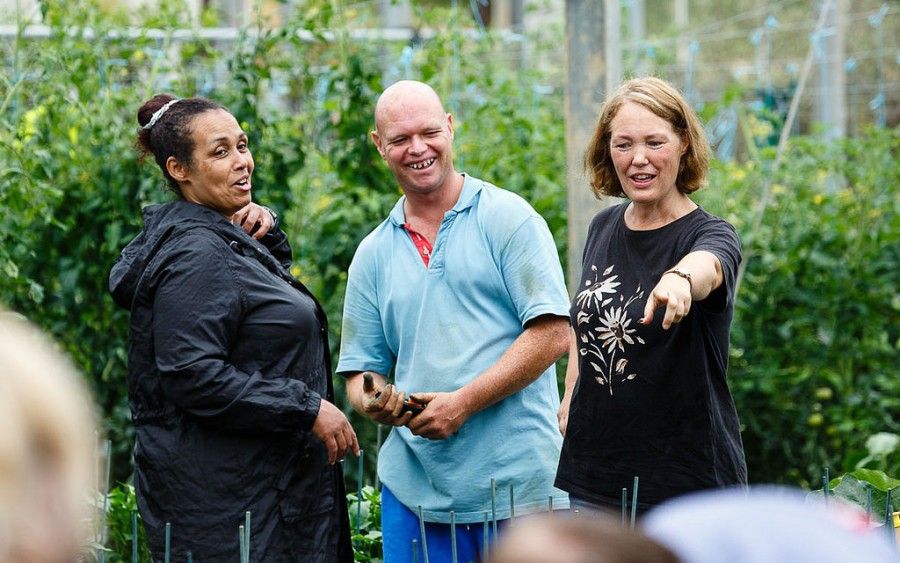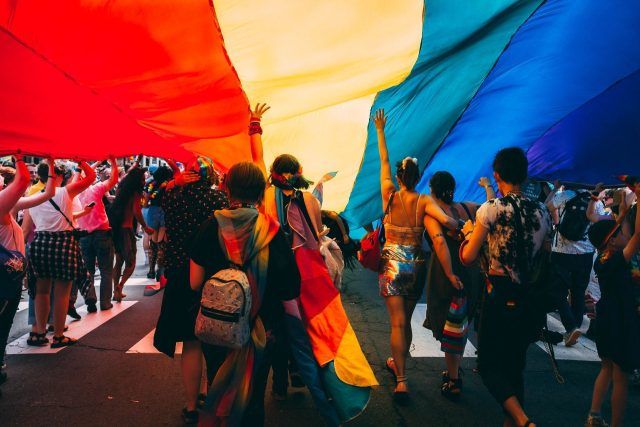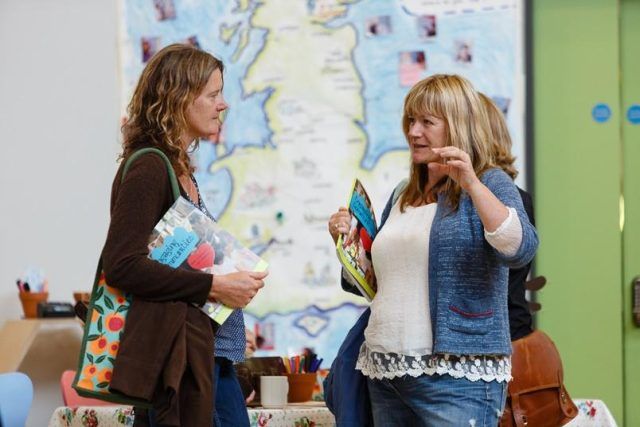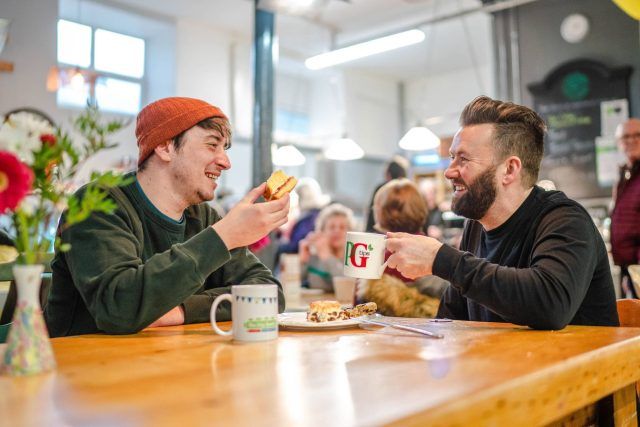How to establish an inclusive community
The most interesting things happen when people from different backgrounds and with different ideas get to make something together.

Communities are made up of individuals and their families who may come from a variety of backgrounds and cultures. If you’re planning to establish a community project, then it’s vital to understand how to celebrate this.
What does an inclusive community look like?
An inclusive community is one in which people can be involved in its spaces, places, activities and events regardless of their age, ability, income or ethnic background. It is easy to think that inclusion is an age or a disability issue, and at times it is, however, it is far more than that.
People come from diverse cultural backgrounds with different religious beliefs and are on a sliding scale of age, ability and wealth. While it can be useful to think about types of people in order to visualise and contextualise a person’s needs, it can also make it easy to rule someone out of your activity.
Wherever you live, there’s likely to be a broad range of people in your community and any one of them might wish to participate or help!
How do you create an inclusive community?
Regardless of whether you are trying to include people of different ages, people of different abilities or people from different cultural, ethnic or religious backgrounds, the principles are the same.
- You want people to feel welcome and that they are expected to be a part of your project.
- You want your project to be accessible to them at a time which takes into account their religious activities, their working patterns, or their childcare needs.
- You want them to feel that their interests, needs and beliefs have been taken into consideration.
Think about the potential barriers to inclusion, and what you could do to ensure everyone in your community is included.
Potential barriers to inclusion and things to think about:
1) Physical
These could be things that can prevent people from actually getting to an event, or activity, or attending a meeting. This could include steps to a building, a lack of accessible toilet facilities, nowhere to sit, or nowhere to park nearby.
Who’s affected? Take your pick…older people, people with buggies, wheelchair users, rugby players with broken legs, toddlers after a long day at school.
2) Intellectual
Things that might prevent people from finding out in the first place or being able to contribute/participate. This could include information in language that is difficult to understand or a format which is inaccessible.
Who’s affected? Take your pick…people with learning difficulties and disabilities, different ethnic or religious communities, people with low literacy, different language groups, people with sensory impairments, people without access to technology, people who have mislaid their glasses!
3) Comfort and cultural
Things which could deter people from participating in something because they feel it is somehow not for them. This could include posters and leaflets featuring only one section of the community, or a venue which is associated with a particular group such as a religious or political building.
Who’s affected? Take your pick… different generations, young or old, families, different ethnic or religious communities.
4) Economic
Lack of disposable income can mean that people can’t afford public transport or run a car. There are also less visible barriers such as the cost of child care or carer support that people need in order to participate.
Who’s affected? Take your pick…people on low income, older people with limited reserves, unemployed people, young people from low income families.
Want to know more?
For more information and easy instructions on how you can ensure your community projects and events are inclusive, download the Inclusive Communities e-book.


